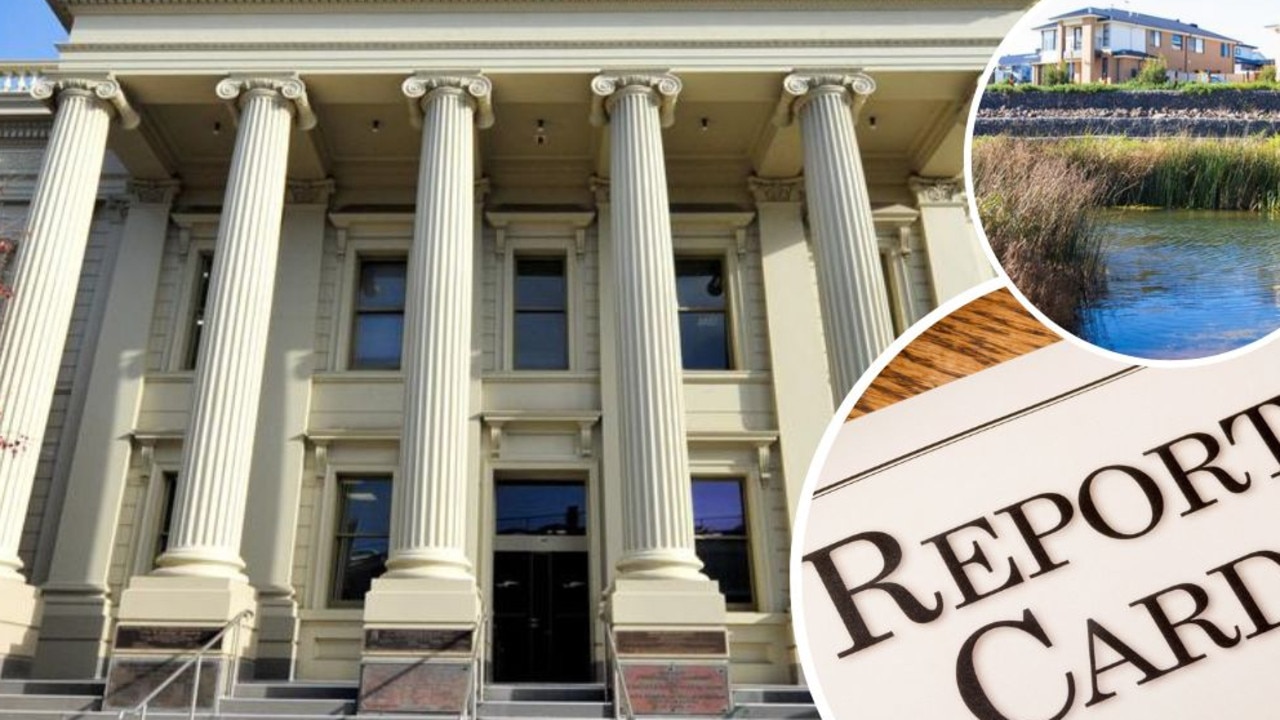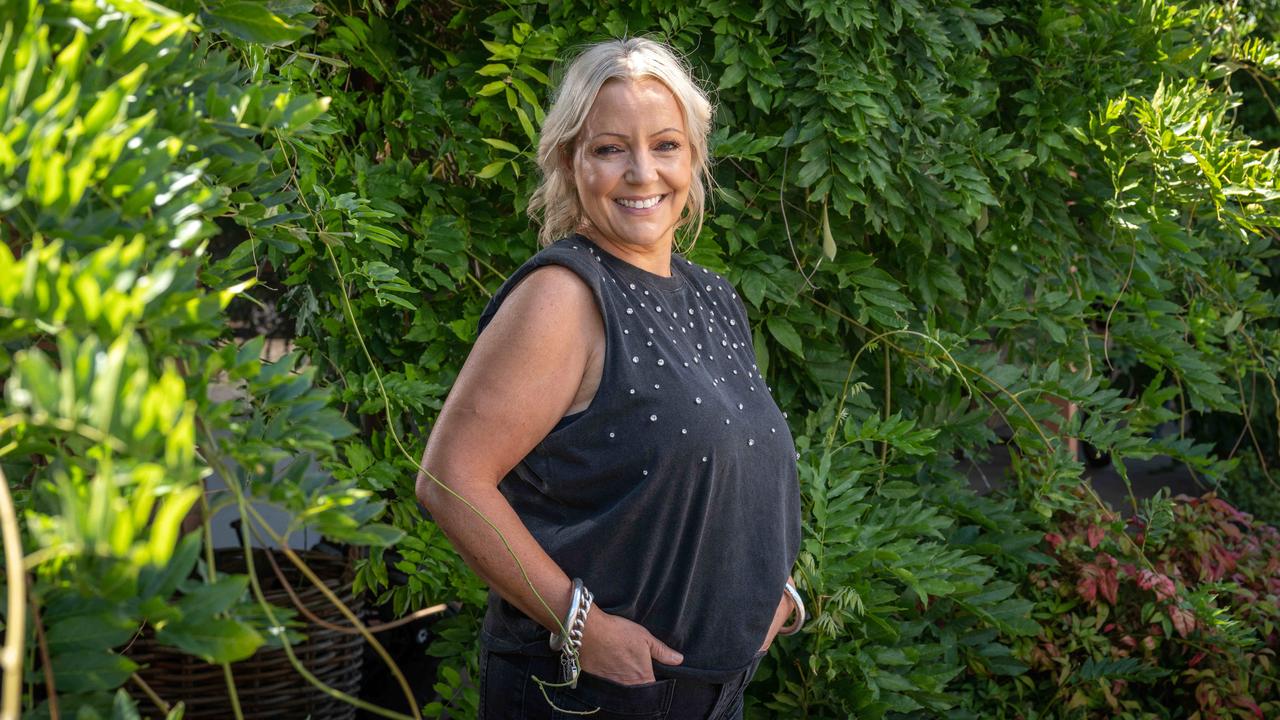City of Greater Geelong outlines 10-year environmental strategy progress
Despite what a famous frog once said, it’s easy being green for Geelong city council, which has spruiked the city’s achievements – and the economic benefits – of working towards sustainability.

Geelong
Don't miss out on the headlines from Geelong. Followed categories will be added to My News.
The economic benefits of being green have been spruiked as Geelong city council acknowledged its progress towards the city’s sustainability goals.
Conneware ward councillor Elise Wilkinson moved the Environmental Action Plan 2024-26 report at Tuesday night’s meeting.
The plan forms part of the city’s decade-long Environmental Strategy, adopted in 2020.
Ms Wilkinson said the report highlighted the “incredible work” done by council and its officers in working towards City Hall’s sustainability goals, as well as providing a clear picture of what work still needs to be done.
Charlemont ward councillor Emma Sinclair said the strong economic benefits of sustainability were highlighted.
These included a saving of $743,000 through City Hall’s carbon zero building initiative and a 60 per cent reduction in electricity consumption through the use of LED bulbs in streetlights.
“(There are) real, tangible benefits to having an environmental strategy,” Ms Sinclair said, noting 8.2 million tourists flocked to the region to see the “beautiful lands and waterways”.
Ms Sinclair also highlighted the 35,000 tonnes of green waste that had been processed at Geelong’s garden organics processing facility in Anakie.
“I’m sure that’s a lot of worms involved, and I really can’t wait to tour that facility,” Ms Sinclair said.
In closing, Ms Wilkinson spoke to the need for partnerships with Traditional land owners, and the importance of the city’s water management and stormwater treatment systems.
“We are a growing community, we are significantly expanding, looking at a population growth to over 440,000 by 2046,” Ms Wilkinson said.
“This needs really careful response and careful planning, because while we are building houses, we also need to be look at landscaping and protecting habitat that already exists.”
Deputy mayor Ron Nelson, who was chairing the meeting in mayor Stretch Kontelj’s absence, echoed Ms Sinclair’s sentiments and said the green waste facility was a “great facility”.
“I’ve actually been there twice, it’s a really good place,” Mr Nelson said.
EARLIER: G(r)ee(n)long: City Hall details sustainability progress
City Hall has released a progress report on its 10-year plan to tackle the local environmental effects of climate change increasing waste and pollution.
The city’s Environmental Strategy 2020-2030 was adopted in September 2020 and highlighted numerous strategic goals, including moving towards zero-emissions, creating greener community spaces and contributing to a circular economy by reducing waste.
Five years on, a report set to go before council on Tuesday night outlines where the city is at in its efforts to achieve those goals.
While just 60 per cent of the actions due for 2022-23 were completed, 94 per cent of “longer-term” actions were on track for completion by their delivery dates.
According to council officers, 26 of the 34 targets established in the decade-long strategy have “been achieved or are on track to be achieved by the stated delivery dates”.
Among the “achievements”, City Hall has eliminated its corporate electricity emissions through a new renewable electricity supply contract, and begun capturing and reusing landfill gas emissions to generate renewable energy.
The city has also reduced greenhouse gas emissions by 41 per cent through sustainable upgrades to its facilities and upgrading 22,000 streetlights to LED fittings between 2019 and 2024.
Recycled materials destined for landfill have also become fodder for use in road construction, while 35,000 tonnes of garden waste collected from residents’ green bins have been processed in the city’s garden organics processing facility in Anakie.
The sustainably designed Boronggook Drysdale Library and the Dell Eco Reef at Clifton Springs have also contributed to sustainability outcomes.
Three of 88 actions were listed as “needs improvement”, two of which relate to the city’s ageing stormwater systems.
Earlier this month, the stormwater system was put through its paces as a wild storm battered Geelong, with hundreds of trees being felled and widespread flash flooding.
The Barwon South West Region saw more than 460 requests for assistance (RFA) in 24 hours
The February storm came almost a decade after a freak “one-in-100-year” thunderstorm tore across Geelong in January 2016, resulting in more than 350 RFAs.
Eight of the strategy’s 34 targets also needed improvement, including the development of a new urban ecology plan for 2025, a goal to plant one million trees by 2030, the phasing out of single needs plastics in city-owned buildings and new waterway and water management plans.
More Coverage
Originally published as City of Greater Geelong outlines 10-year environmental strategy progress






